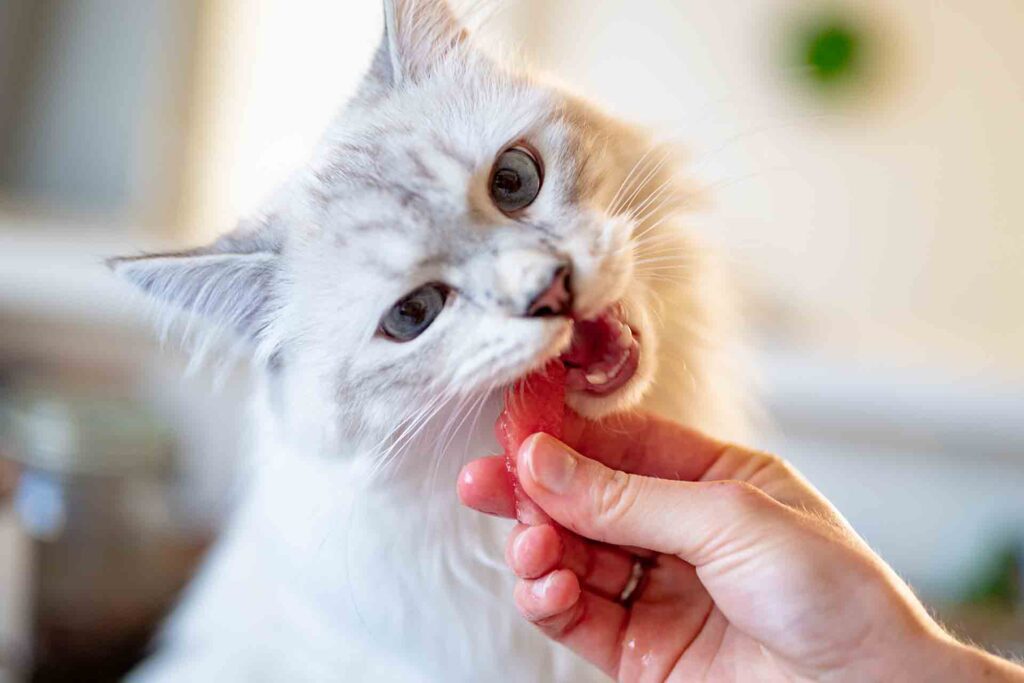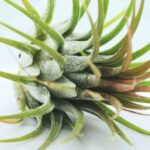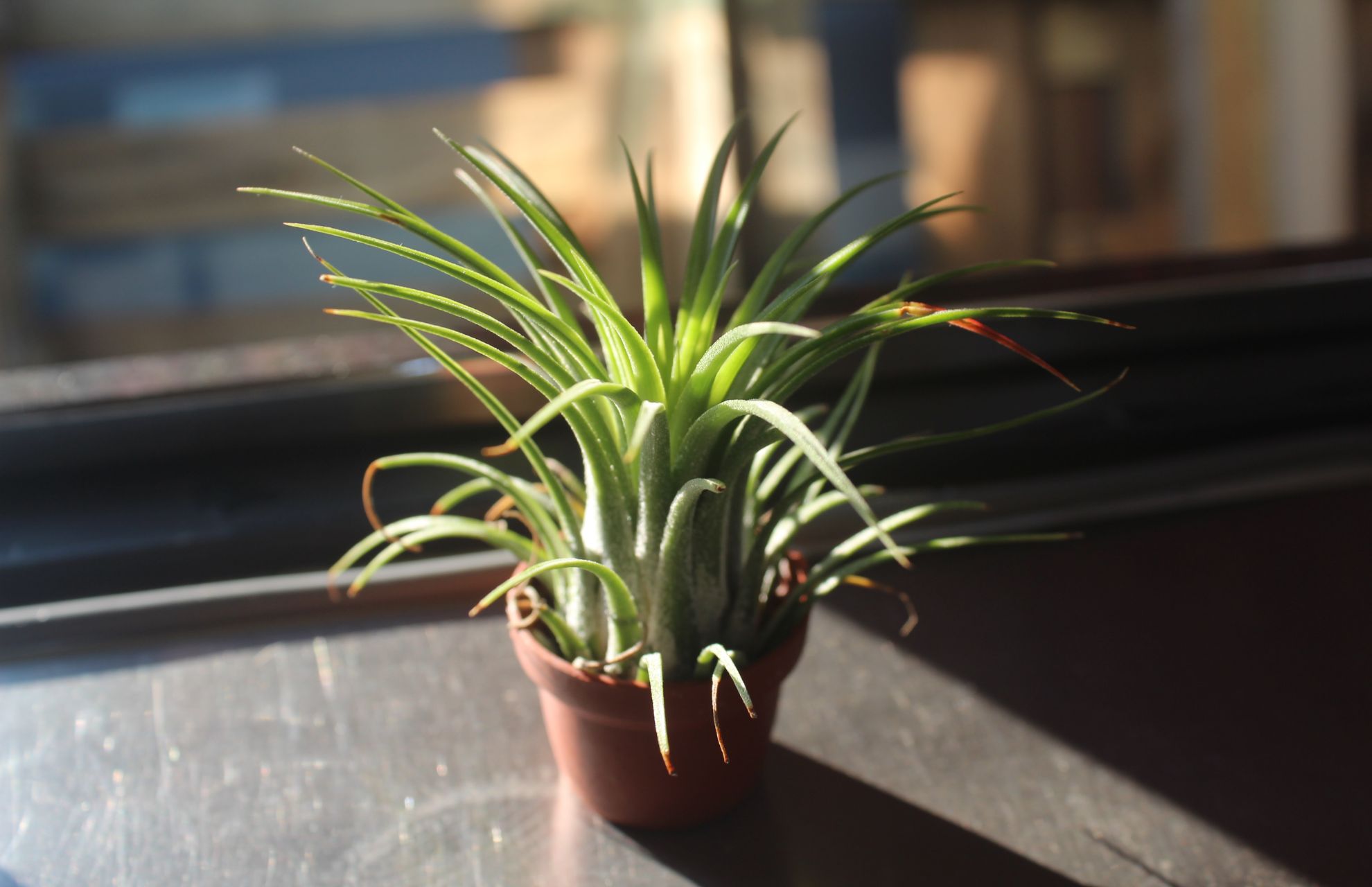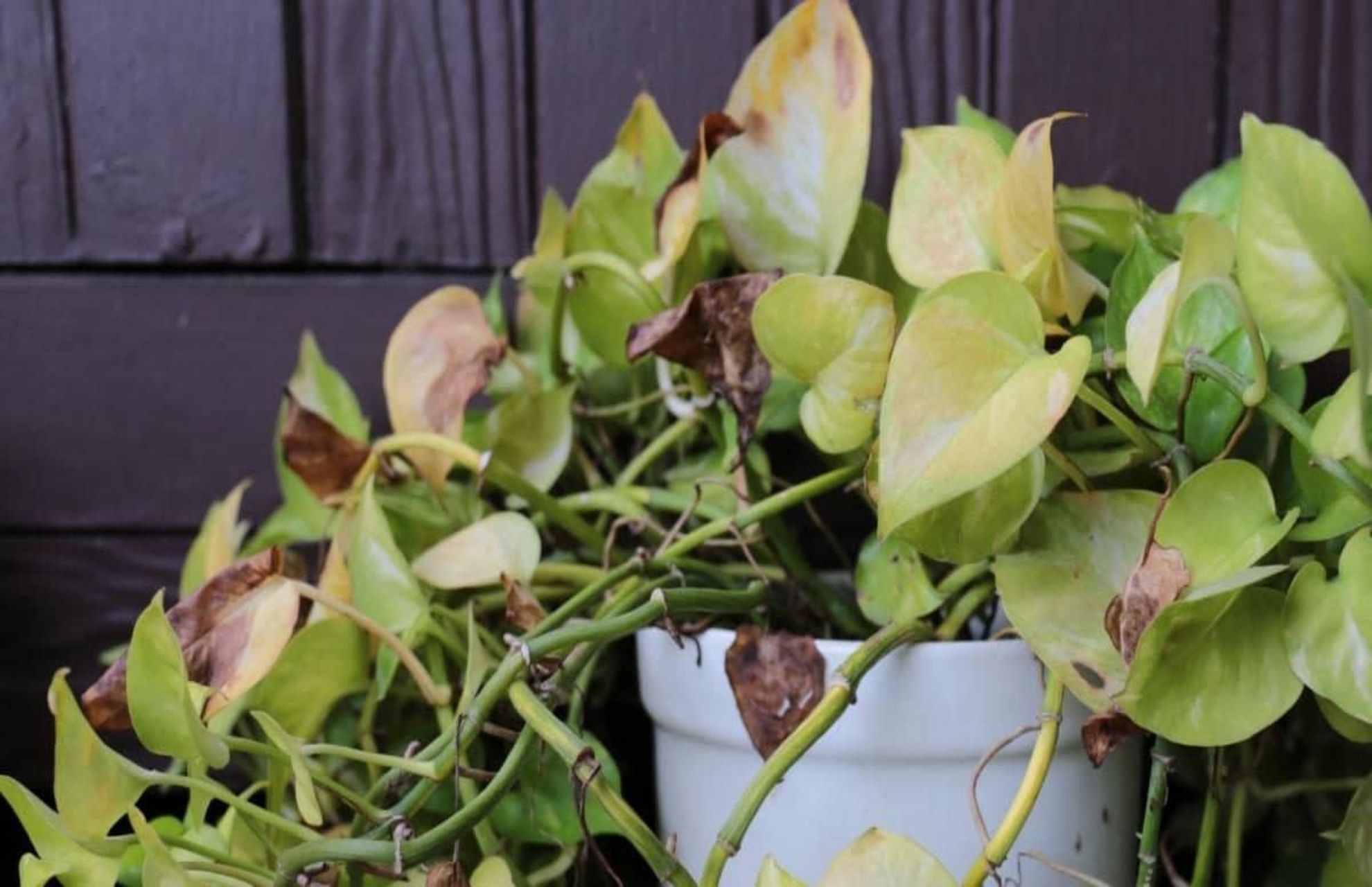For a refreshing burst of greenery, you can’t go incorrect with ferns. Whether you maintain them indoors or outdoors, this plant’s cascading fronds continually stand out. Plus, they’re fairly convenient to care for. But are these lush plants protected for the feline contributors of our families? Are ferns toxic to cats? Yes. Here are the reasons and something you should know about ferns and cats.
Are Ferns Toxic To Cats
Thankfully, utmost true ferns are safe for cats. However, she’s unlikely to be harmed, if your curious kitty helps herself to a bitsy serving.
According to the ASPCA, the following plants are considered “true ferns” And are generally harmless to cats:
- Boston fern
- Sword fern
- Button fern
- Mother fern
- Carrot fern
- Maidenhair fern
- Staghorn fern
- Rabbit’s foot fern
- Button fern
- Bird’s nest fern
While these plants aren’t considered toxic to cats, ingesting high quantities of any plant can beget unwelcome responses in felines. However, for case, she’ll presumably witness a worried stomach, if your cat eats too important of a Boston fern. In utmost cases, still, symptoms from ingesting a true fern aren’t severe enough to warrant medical attention.
The problem then lies in the confusion over which plants are considered true ferns and which ones simply have the word “ fern ” In their name. Unlike true ferns, which are largely inoffensive, certain plants that act ferns in appearance or name can be toxic to cats. The most common illustration of this is the asparagus fern — a plant that’s largely toxic to cats.
Asparagus ferns (aka emerald ferns, sprengeri ferns, or lace ferns) are a popular houseplant, however, the ASPCA tells us they’re damaging to cats. The leaves of this wispy plant are toxic, and the berries can purpose vomiting, diarrhea, and stomach aches if your cat ingests them. With repeated exposure, skin irritation can also occur.
Additional fern-like plants that are toxic to cats encompass foxtail ferns, iciness ferns, and hemlock ferns.

The Signs Of Fern Poisoning In Cats
If your cat happens to nibble on an asparagus fern, her symptoms can range from mild to severe. She may experience the following side effects:
Vomiting
Diarrhea
Stomach pain
Drooling
If your cat accidentally rubs up against the plant’s leaves, it can also cause swelling, inflammation, and blisters.
What To Do If Your Cat Eats a Fern
Still, you need to be aware of the symptoms, if your kitten ate fern. First of all, don’t horrify. You may cause your cat to be stressed, indeed if there’s no real peril to the cat. You may indeed worsen the intoxication goods, depending on how you reply. We shouldn’t do any procedures if we don’t have any experience or expertise. We also shouldn’t rehabilitate them ourselves.
When no serious symptoms are observed, it’s possible the cat isn’t having a serious response. We should try to find out how important has been ingested and whether or not they’ve any concurrent symptoms. It’s possible the cat may simply vomit and won’t have any other adverse effects.
Still, if we see the cat getting drowsy, losing knowledge or any of the more severe symptoms of intoxication, it’s vital we take them to the veterinarian right down. They may carry out a stomach pump, replace fluids or indeed give medication if necessary. A severe response may bear them to be covered in a veterinary sanitarium.
Some guardians suggest giving milk if the cat eats a toxic plant. While this may not cause detriment, in some cases it can quicken the absorption of the toxic compound, so it’s stylish to not do this.
Risks Of Keeping Ferns With Cats
Some readers may suppose they’ve had ferns in their household with cats and noway endured a problem. This is because not all cats will manifest a problem. They may not be interested in eating the plant at all. Still, not all cats are the same. Some are more curious than others.
Still, it’s possible there will not be any if you have had a cat in a home with ferns for a long time and not endured any issues. This doesn’t mean that the cat won’t eat toxic ferns in the future. There’s still a threat and you’ll reduce this to nil if you remove the toxic ferns.
When you bring a new cat into the home, be apprehensive they may be more curious than other cats. In general, indeed if the cat eats a fern that is toxic to them, they will probably have to eat a lot for it to beget a serious problem. However, the pitfalls are advanced, if they’re in fragile health due to other veterinary problems. You’ll need to bear this in mind if you want to keep the plant in the home.
The ferns listed above aren’t the only plants that are toxic to cats.
What To Do If I Have Ferns In My Garden
Indeed though true ferns aren’t considered toxic to cats, the ASPCA urges cat owners to keep their pets from nibbling on any houseplants – anyhow of toxin. That’s not to say you need to yank every plant from your home or garden. It just means you need to be smart about where you place your plants.
Luckily, ferns lend themselves to hanging planters. Breathe life into a dull room by placing hanging baskets throughout your space, making sure the plants are always out of your cat’s reach. A vibrant fern can also look right at home on a high shelf, down from curious paws.
Hands down, the easiest way to insure your cat doesn’t eat a toxic plant don’t bring a toxic plant into your home! Households with cats should steer clear of toxic plants like the asparagus fern. To keep outdoor cats safe, gardeners who grow asparagus ferns should use fencing or netting.









